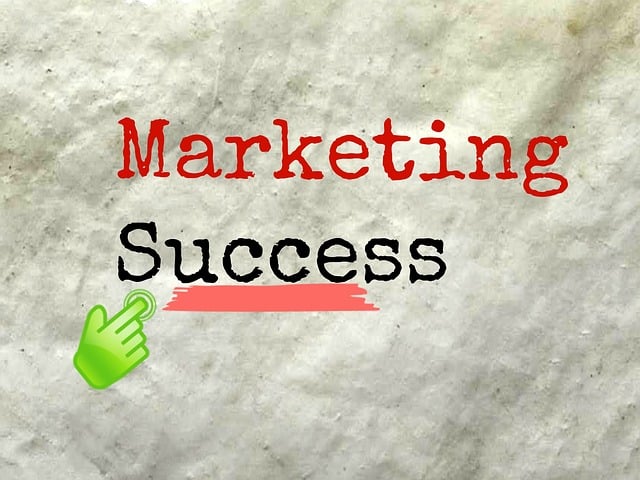AI-driven food photography optimization is reshaping culinary marketing by leveraging advanced algorithms to analyze and enhance visual content, making dishes more appealing. This technology, powered by datasets of high-quality images and techniques like CNNs and NLP, offers dynamic recommendations tailored to user preferences. By continuously refining models with new data, businesses can ensure visually stunning food photos that drive sales growth, revolutionizing the way food is presented in digital platforms.
In today’s digital landscape, AI-driven food photography optimization is transforming how we visualize and consume culinary content. This article delves into the development of an AI business recommendation engine tailored for food photography. We explore the fundamental building blocks that power these intelligent systems, from data collection to advanced algorithms. Additionally, we provide insights on implementing and refining AI models to achieve optimal results, ensuring your food photography stands out in a competitive market.
- Understanding AI-Driven Food Photography Optimization
- Building Blocks of an AI Recommendation Engine for Food Photography
- Implementing and Refining the AI Model for Optimal Results
Understanding AI-Driven Food Photography Optimization

In the realm of culinary marketing, AI-driven food photography optimization is revolutionizing visual content creation. By leveraging advanced algorithms, businesses can now enhance their product images to capture consumer attention in a highly competitive market. These intelligent systems analyze various factors, from lighting and composition to color schemes and visual trends, to suggest improvements that make dishes appear more appealing and mouthwatering.
This technology ensures that each photograph tells a compelling story about the food, thereby boosting engagement and sales. By optimizing images based on data-driven insights, businesses can elevate their branding and stand out in the digital food landscape. AI-driven optimization is not just about aesthetics; it’s about creating visually appealing content that aligns with consumer preferences, ultimately driving business growth and success.
Building Blocks of an AI Recommendation Engine for Food Photography

The building blocks of an AI recommendation engine for food photography involve several key components. First, a robust dataset is essential, comprising high-quality images labeled with relevant metadata such as ingredients, cooking methods, and dishes’ cultural origins. This data forms the foundation for training algorithms that learn to recognize visual patterns and make accurate predictions. Advanced machine learning techniques like convolutional neural networks (CNNs) excel at analyzing visual features in food photography, enabling the engine to understand and categorize diverse culinary representations.
Once trained, the AI model becomes adept at processing new images, suggesting relevant food options based on visual similarities. Integration with content management systems or e-commerce platforms allows for dynamic recommendations tailored to user preferences and browsing history. Additionally, incorporating natural language processing (NLP) enhances interaction by understanding user queries and providing personalized suggestions. Together, these building blocks facilitate AI-driven food photography optimization, enhancing user experience in food exploration and discovery.
Implementing and Refining the AI Model for Optimal Results

Implementing and refining an AI model is a crucial step in developing a successful business recommendation engine, especially for sectors like food photography. The initial setup involves training the AI with vast datasets, including diverse food images and relevant metadata. This process allows the AI to learn patterns, colours, textures, and styles that contribute to visual aesthetics and customer preferences. By leveraging techniques such as deep learning and computer vision, the model can analyse and categorise food visuals effectively.
As the engine evolves, continuous refinement is key to achieving optimal results. Regular updates with new data ensure the AI stays relevant and adaptable to changing trends in food presentation. Additionally, fine-tuning algorithms can enhance accuracy in identifying specific attributes, such as cuisine types, ingredients, or plating styles. This iterative process, combined with human oversight, enables the AI-driven food photography optimization system to provide tailored recommendations, ultimately elevating the overall visual experience for both businesses and consumers.
AI-driven food photography optimization is transforming the way we capture and present culinary art. By leveraging advanced recommendation engines, businesses can significantly enhance their visual content strategies. Through a structured development process, from understanding AI principles to implementing and refining models, companies can harness the power of AI to create captivating images that elevate their brand and engage their audience. Embracing these innovative techniques ensures a competitive edge in the digital food landscape.
